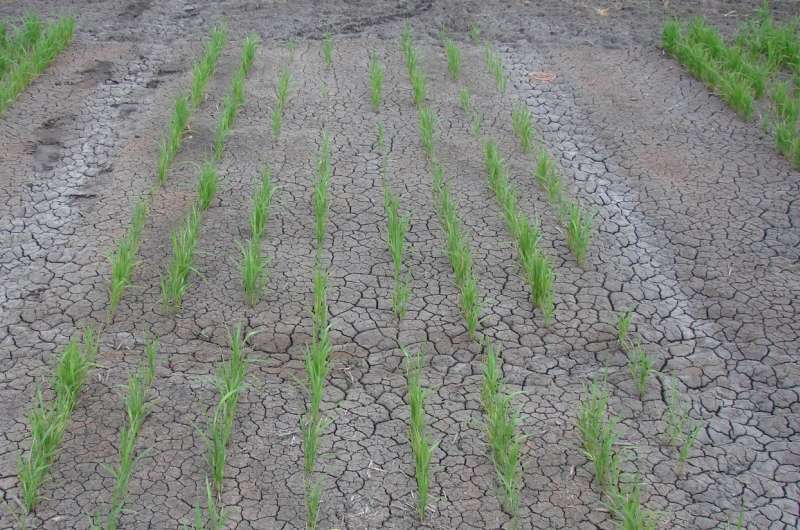Recent study documents damage to rice crops by three fall-applied residual herbicides

Fall-applied residual herbicides are a commonly used control for glyphosate-resistant Italian ryegrass鈥攐ne of the most troublesome weeds in Mid-South row crops. But research published in the journal Weed Technology shows rice growers need to be cautious. Some residual herbicides can have a negative impact on rice crop performance.
The warning follows field studies conducted in Stoneville, Mississippi, where rice is frequently planted in rotation with soybean, grain sorghum, and cotton. Researchers made fall applications of clomazone, pyroxasulfone, S-metolachlor, and trifluralin to determine their impact on subsequent rice growth and yields.
Each herbicide was applied at both the suggested use rate and at two times the suggested use rate to see whether their persistence in the soil would negatively influence rice planted during the following growing season.
Fourteen days after rice crop emergence, scientists found that pyroxasulfone, S-metolachlor, and trifluralin had produced greater injury to plants than clomazone, regardless of the application rate. The same was true for rice seedling density, height, and maturity.
"Among the herbicides in our study, only clomazone should be used as a fall-applied residual herbicide to target glyphosate-resistant Italian ryegrass prior to seeding rice crops," says Jason Bond of Mississippi State University.
More information: Benjamin H. Lawrence et al, Effect of Fall-Applied Residual Herbicides on Rice Growth and Yield, Weed Technology (2018).
Provided by Cambridge University Press




















